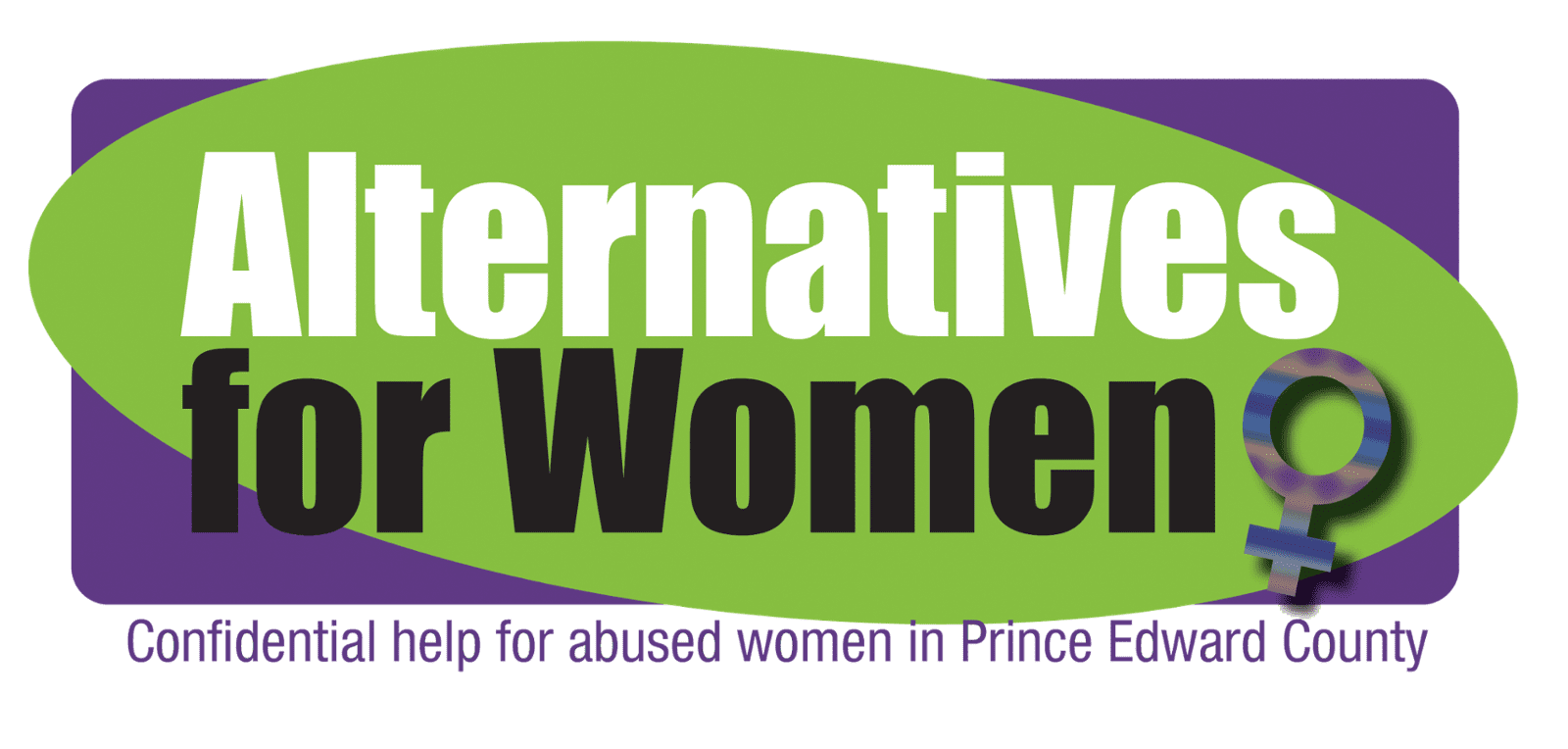Last month was Sexual Assault Awareness Month. In light of that I want to say a word or two about the relationship between sexual assault and domestic violence. It’s very tangled up. It’s sometimes hard to understand, and it’s complicated by the acceptance of many different rape myths.
Acceptance of rape myths means that people are less likely to identify a sexual assault as a sexual assault. This, in a way, is permitting sexual assaults to continue. If the behaviour wasn’t really rape, or he didn’t mean to do it, or she was asking for it, or it can’t be rape if you’re married/in love, then the assault may not be reported. If it is never reported, then no accountability can ever be called for. If no accountability is called for, then perpetrators may think that what they did was just fine, was not a problem, was not sexual assault.
Determining the percentage of people who accept rape myths is very difficult. We can sort of figure it out by working backwards from the research we do have. That research is largely done with educated people who have been exposed to consent campaigns and sexual assault awareness campaign. That is to say it’s done with university students.
But we know from other research that people with higher levels of education and people who have been exposed to awareness campaigns are less likely to accept the rape myths. So, then it’s not surprising that most of the research find low levels of rape myth acceptance.
Where does that leave us when only part of the population have had exposure to awareness campaigns? It leaves us with a general public that is more likely to believe the rape myths. We can see that this is likely so when we look at a comments section after a sexual assault has been reported. There the myths are for everyone to see. What was she doing? Was she alone? Did she say no?
We can determine quite easily the people who are most likely to believe rape myths. We know that acceptance of rape myths tends to be higher among men than among women. We also know that rape myth acceptance is highest among people who hold strong traditional beliefs about gender, gender roles, and families/marriage. This is one of the connections between domestic violence and sexual assault. We know that these same beliefs contribute to and perpetuate the conditions within which domestic violence and intimate partner violence (IPV) flourish.
That is one connection between IPV and sexual assault. Another is that one form of IPV is sexual assault. Perpetrators engage in many forms of sexual violence. Sometimes it is rape which is called marital rape (which was not made criminal until 1983) or date rape. Sometimes sexual violence in an intimate partner situation happens when the perpetrator demands that the survivor engage in a sexual act that they don’t want to or are uncomfortable with. This can include what we typically think of as sexual acts, and also includes things like watching porn or making porn. Sexual violence is any form of sexual behaviour to which the survivor does not consent.
It is important to remember that consent is not really consent if it has been coerced in some way, or if a person is too incapacitated by drug or alcohol use to think clearly about the situation. Coercion is common in IPV, because survivors are surviving in a context where they have little power over their own lives. Control and power are central elements of both IPV and sexual assault, which is yet one more connection between the two.
So, when we are fighting either of sexual assault or IPV, we are fighting against both. Changing the conditions of our society that make either acceptable, or hard to prosecute, helps to end both.
